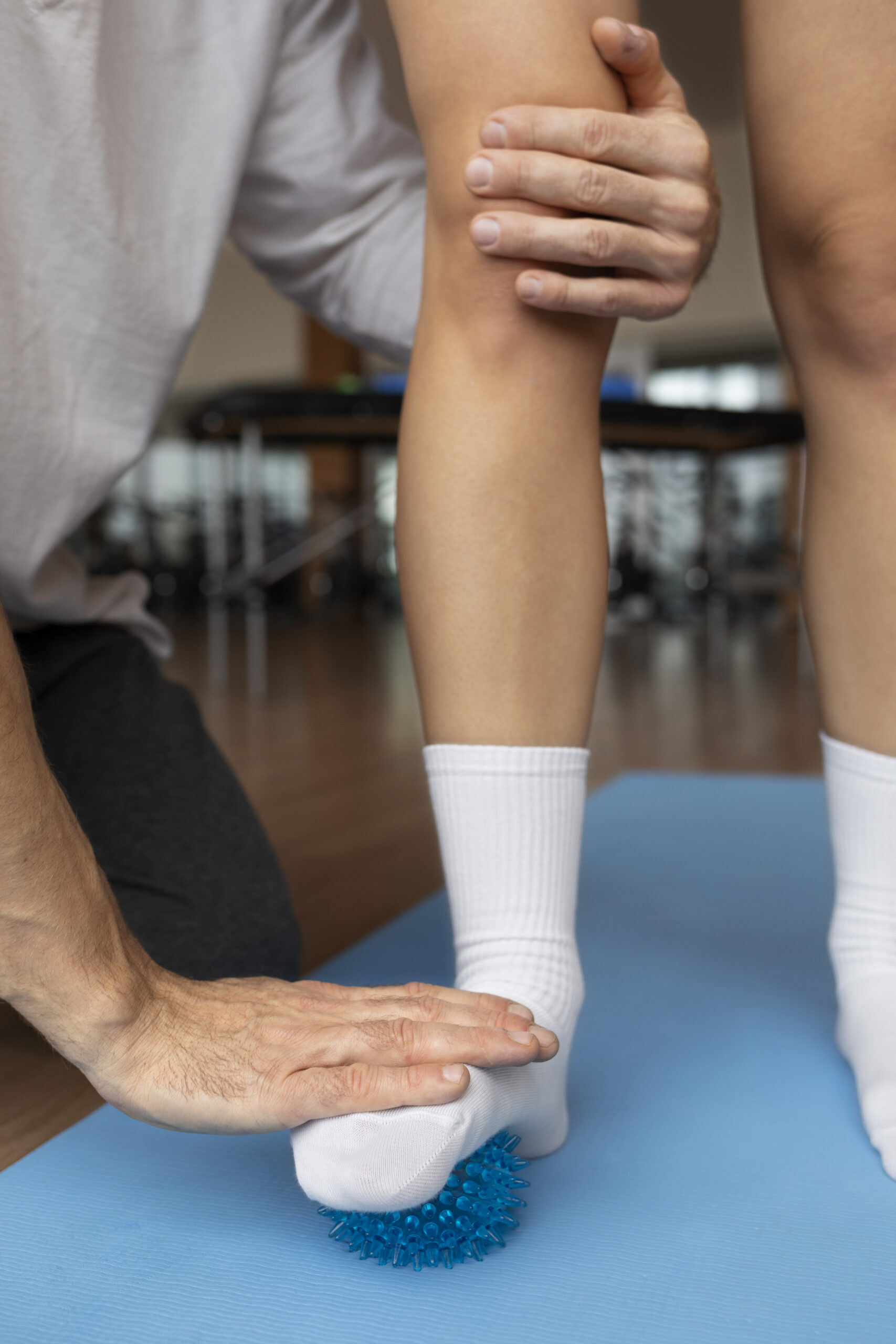Platelet-Rich Plasma (PRP)
Therapy for Ankle Arthritis
Book an Appointment
Follow Us On
Ankle arthritis results from wear and tear of the joint, leading to pain, stiffness, and reduced mobility. Unlike knee replacements, ankle replacements are complex and less commonly performed.
How It Works
- Using ultrasound guidance, high-quality PRP is injected into the space between the tibia and talus.
- PRP is rich in growth factors that promote healing, reduce inflammation, and regenerate damaged cartilage.
Benefits
- Non-surgical alternative to ankle replacement
- Reduces pain and inflammation
- May slow or even reverse arthritis progression
Questions ? You're Covered
1. Can PRP therapy completely cure ankle arthritis
- PRP can slow arthritis progression, reduce pain, and improve mobility, but its effectiveness depends on the severity of arthritis. Early intervention offers the best results.
2. How long does it take to recover from PRP treatment for ligament injuries
- Most patients experience improvement in 2-6 weeks, with continued healing over 3-6 months.
3. Is PRP therapy painful
- PRP injections may cause mild discomfort, but ultrasound guidance ensures precise delivery and minimal pain.

